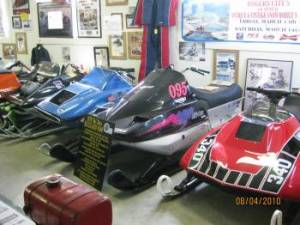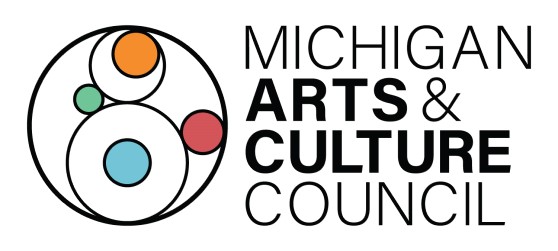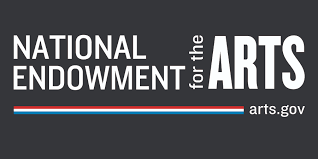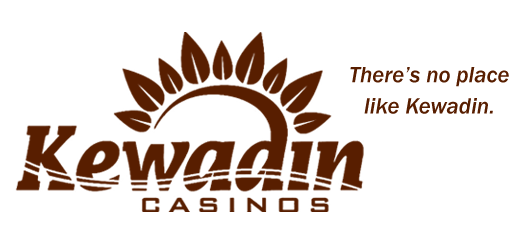
David Johnson of Polaris often emerged the victor, though admitting the action was staged to lure potential customers. Competitions were soon popping up across the United States and Canada in Beausejour, Manitoba; Rhinelander, Wisconsin; Malone, New York; and West Yellowstone, Montana, all destined to become classic racing cities. Dollar Lake, near Eagle River, Wisconsin, would birth the World Championships, and the Winter Carnival races at Phalen Park in St. Paul, Minnesota, would break trail for the Winnipeg to St. Paul I-500. Most events of the era began as lake runs or short cross-country jaunts. Long distance marathons and ovals would take precedence as the sport evolved. There was little distinction between front and rear engine machines, and since most were powered by four-stroke engines, races were classed by horsepower. Racing exploded with the industry, and every little burg with a winter festival hosted its own race. Hometown boys were favored, and many a disgruntled visitor left feeling cheated, and rightfully so. It was clear standards needed to be imposed for all to be competitive. Snowmobile associations began to be organized not only to set guidelines for racing, but also manufacturing and safe operation. The first governing body was the Alaska Snowmobile Dealers and Distributors Association, formed in 1965. The United States Snowmobile Association was founded in Eagle River in 1965. The Western Snowmobile Association began in 1966 in West Yellowstone and The American Snowmobile Association started in Minnesota in 1966. By the early 1970's, there were 20 associations in the United States and Canada, and though mergers were discussed, each held their own ideas on how to keep racing fair and competitive. With four divisions-East, West, Central, and Alaska- the USSA became the most powerful sanctioning body. In December of 1967, their first sanctioned race took place in Crandon, Wisconsin. Classes by horsepower had ceased to exist, and engine displacement by cc's became the norm. Stock classes began at 0-199cc and Mod Stock at 0-285cc. "There's cheaters and losers" is an adage pertaining directly to stock classes, burther defined as the racer's edge. In an attempt to regulate stock racing machines, manufacturers were required to meet minimum production numbers to qualify for USSA stock classes. This move led to protests and lawsuits filed by manufacturers for one particular model or another. Some associations banned free air machines from stock classes altogether. Meant to protect independent racers from the seemingly endless pockets of the factory sponsored teams, Sno Pro and the Professional Drivers Circuit were introduced to keep the "little guy" competitive in Mod classes. As these early cornerstones were being laid, thousands of racers were battling it out for honor and glory in grueling cross country and endurance runs, nose-smashing ovals plowed in farmer's fields, and later running high speed on a smooth sheet of ice. They even ran indoors at the Duluth, Minnesota arena, where snow was hauled in and an oval fashioned on a hockey rink. A dense cloud of acrid blue smoke and the ear-splitting crack of echoing pipes punished both spectators and participants alike. Corzine's Kamikazes, so named for their race director, gained notoriety here in 1969 not for winning races, but for a slap-stick exhibition of poor driving, leaving the short track strewn with broken Scorpions. The fear-not racer of the 1960's once perched upon a putt putt machine, found himself hanging onto a rocket sled on rails in the 1970's. Regulation was essential for safe and even competition. Grass drags, wood chip ovals, water cross and asphalt racing carried winter over into summer, expanding the season. Racing sold machines and played a major role in the development of consumer sleds and safety equipment, launching after-market companies and keeping the sport alive through troubled times.








Top of the Lake Snowmobile Museum
P.O. Box 2
W11660 US-2
Naubinway, MI 49762
Hours: 906 477-6298
Appointment: 906 477 6192
Copyright © 2009 - 2025 Top of the Lake Snowmobile Museum. All rights reserved.